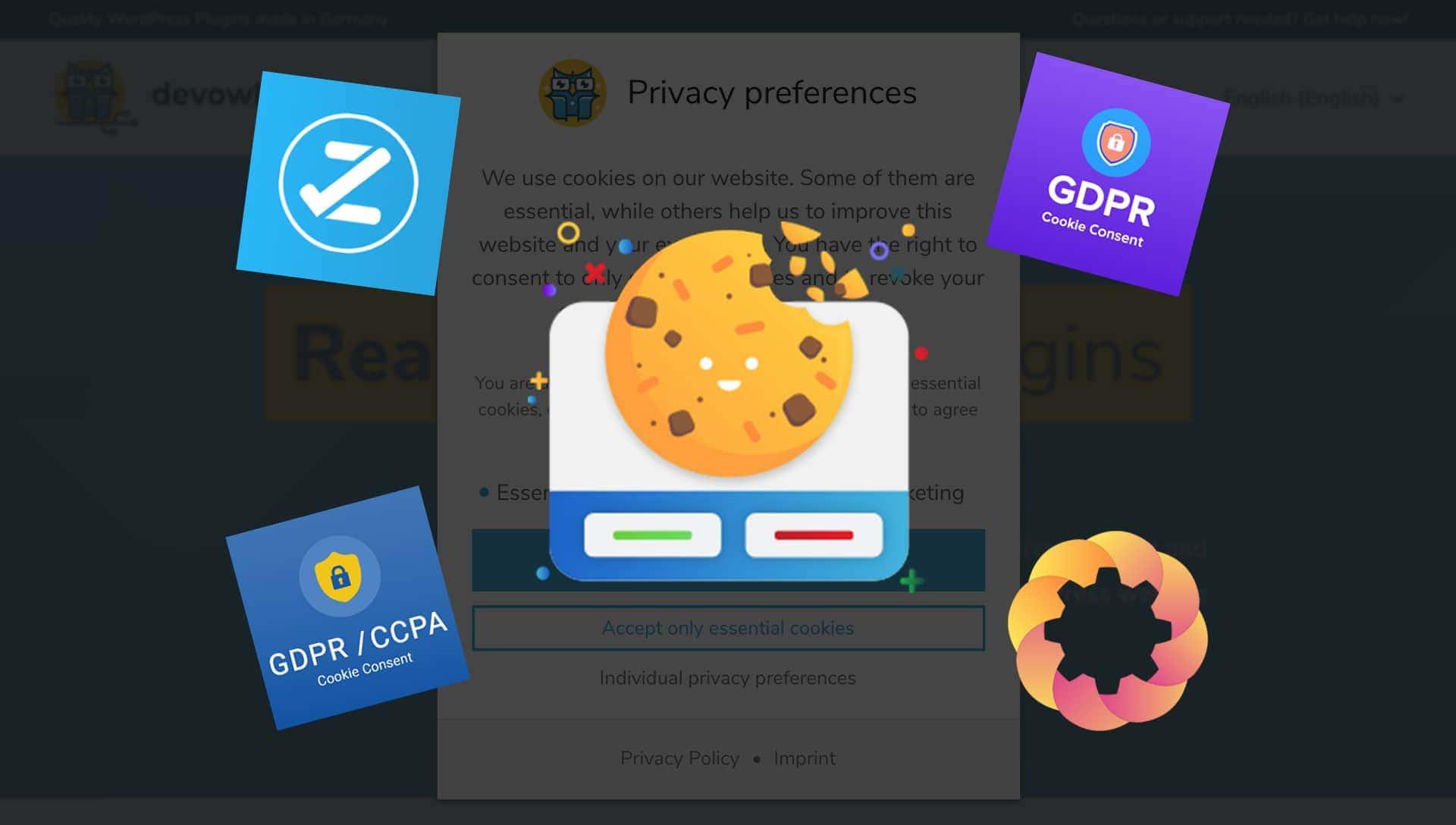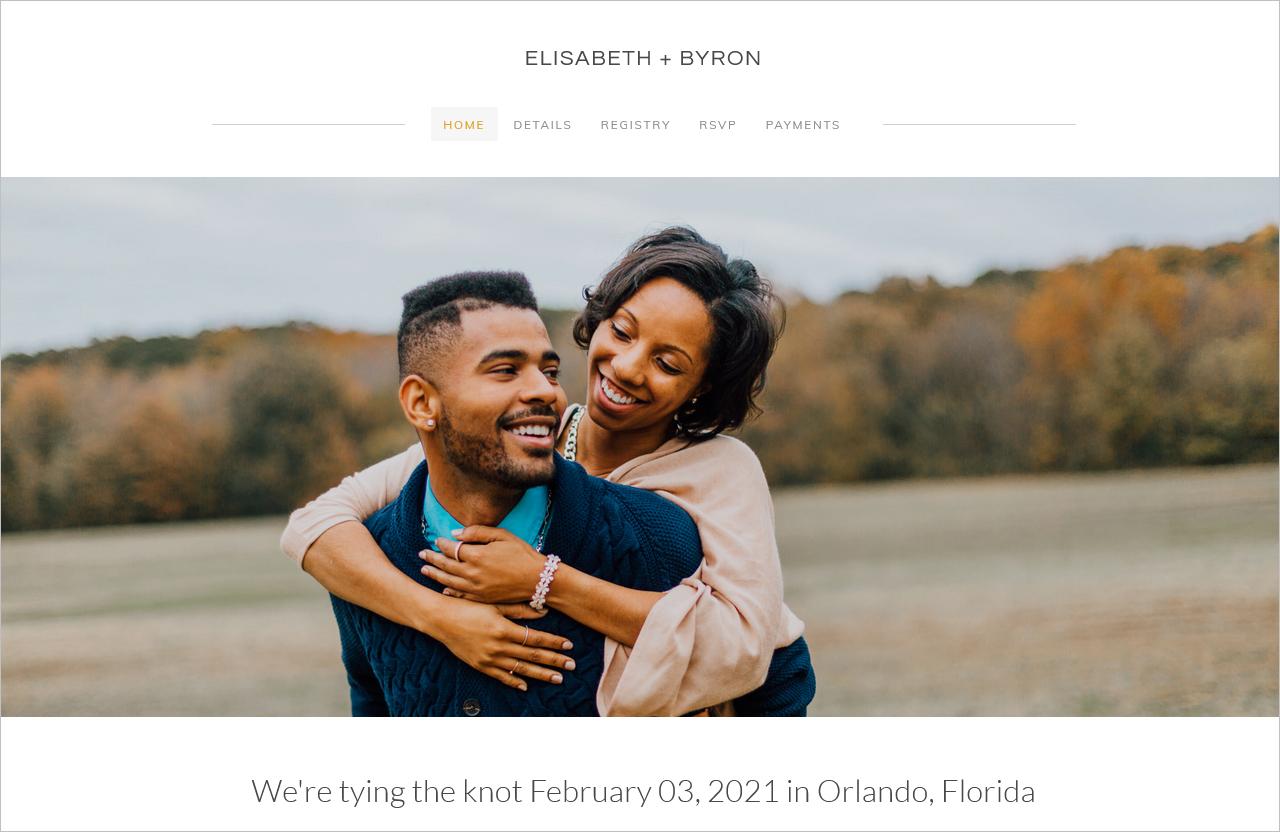in today’s digital age, your business website is often the first impression potential customers will have of your brand. Imagine walking into a store with cluttered aisles adn dim lighting—would you feel inclined to stay? Your website should be the opposite! It needs to be inviting, functional, and packed with the features that not only attract visitors but also convert them into loyal customers. Weather you’re launching a new site or revamping an existing one, understanding the essential features that every business website should have is crucial for success. From user-friendly navigation to mobile optimization, these elements aren’t just nice to have; they are must-haves that can substantially impact your bottom line.So,let’s dive into the 17+ essential features that will elevate your online presence and help your business thrive!
Essential Elements for a User-Friendly Design
User-Friendly Design Elements
A user-friendly design is crucial for retaining visitors and ensuring they have a seamless experience on your website. To achieve this,there are several key components that should be incorporated into every business website:
- Intuitive Navigation: users should be able to find what they are looking for without frustration. A clear menu structure and breadcrumb navigation enhance usability.
- Responsive Design: With a growing number of users accessing websites on mobile devices, ensuring your site is fully responsive is non-negotiable.
- Fast Load Times: Websites should load quickly to keep users engaged. Optimizing images and leveraging browser caching are effective strategies.
- Clear Calls to Action: Every page should have well-defined calls to action that guide users toward desired actions,whether it’s signing up for a newsletter or making a purchase.
- Accessible Design: Making your site accessible to users with disabilities is not only a legal requirement in many areas but also expands your audience. Use alt text for images and ensure keyboard navigation is absolutely possible.
In addition to these foundational elements, consider the visual aspects of your design.A cohesive color scheme, consistent typography, and ample white space can enhance the overall aesthetic and functionality of the site. Here’s a simple table illustrating effective color choices and their psychological impact:
| Color | Psychological Impact |
|---|---|
| Blue | Trust, Security |
| Green | Growth, Health |
| Red | Excitement, Urgency |
| Yellow | Optimism, Clarity |
Lastly, the importance of user feedback should not be overlooked. Implementing a simple feedback form or survey can provide insights into user experience and areas that may need betterment. By continually refining your design based on real user input, you can create a website that not only meets but exceeds user expectations.

Crafting a Compelling Homepage to Captivate Visitors
Crafting an Engaging Homepage
Your homepage is your digital storefront.It’s the first impression visitors will have of your business, so make it count! A well-designed homepage not only draws in your audience but also keeps them engaged. to achieve this, focus on the following essential features:
- Clear Branding: Make sure your logo and brand colors are prominently displayed. This strengthens brand recognition and builds trust.
- Compelling Headline: use a strong, clear headline that immediately communicates what your business does and the value it offers.
- Strong Call-to-Action (CTA): Guide visitors towards the next step with bold and enticing CTAs, whether it’s signing up for a newsletter or exploring your products.
- Responsive Design: Ensure your homepage looks great on all devices, from desktops to smartphones. A mobile-friendly design keeps users happy and engaged.
- visual Appeal: Incorporate high-quality images or videos that reflect your brand’s personality. Visual content can significantly enhance user engagement.
Consider incorporating testimonials and social proof to further enhance your credibility.Seeing that others have had positive experiences with your brand can encourage new visitors to trust you:
| Testimonial | Source |
|---|---|
| “A game changer for my business!” | Jane D. |
| “Excellent service and support!” | Mark S. |
| “I can’t recommend them enough!” | Lisa T. |
Additionally, include easy navigation options. Visitors should be able to find what they are looking for without any hassle. Implement a clear menu structure that highlights essential pages such as:
- About Us
- Services
- Contact Data
- Blog or Resource Section
don’t forget to optimize your page for search engines. Utilize SEO best practices by incorporating relevant keywords, meta descriptions, and alt tags for images. this will not only improve your visibility but also attract the right audience to your site.
Streamlined Navigation for an Effortless User Experience
When it comes to creating a business website, the navigation should be intuitive and user-friendly. Visitors shouldn’t have to struggle to find the information they need. A well-structured navigation system acts as a roadmap, guiding users effortlessly through your online space. This not only enhances usability but also keeps your audience engaged. After all, a website that is easy to navigate can significantly reduce bounce rates and increase conversions.
To achieve seamless navigation, consider implementing clear categories and subcategories in your main menu. This helps users quickly identify where to find specific information. Additionally, incorporating a search bar allows visitors to bypass navigation altogether, directly accessing the content they seek.These features are vital for users who are already familiar with your offerings and are looking for something specific.
Another essential aspect is the use of breadcrumbs—a navigational aid that shows users their current position within the site hierarchy. This not only provides context but also enables users to backtrack easily without feeling lost. Combine breadcrumbs with a sticky menu that remains visible as users scroll,and you’ll provide a consistent navigation experience that encourages exploration.
| navigation Features | Description |
|---|---|
| Responsive Design | Ensures navigation is seamless on all devices, from desktops to smartphones. |
| Dropdown Menus | organise content neatly without cluttering the main menu, allowing for easy access to subcategories. |
| Footer navigation | Reinforces crucial links, making them easily accessible no matter where users are on the site. |
Don’t forget about iconography.Using recognizable icons alongside text can assist in quickly conveying the intent of navigation links. This visual cue can improve comprehension, especially for users who may be skimming the content. make sure that all clickable elements are adequately sized and spaced to avoid frustration—no one enjoys accidentally clicking the wrong link!
Incorporating these strategies will not only streamline the navigation of your website but also create an effortless user experience that keeps your visitors coming back. Remember, the easier you make it for users to find what they need, the more likely they are to engage with your content and convert into loyal customers.
Mobile Responsiveness: Why It’s a Must in Today’s World
In today’s digital landscape, where smartphones and tablets have become ubiquitous, ensuring that your business website is mobile-responsive is no longer optional—it’s essential. A mobile-responsive design allows your site to adapt seamlessly to any screen size, providing an optimal viewing experience for users, regardless of the device they are using. This adaptability not only enhances user satisfaction but also plays a critical role in your site’s search engine ranking.
Consider the following benefits of prioritizing mobile responsiveness:
- improved User Experience: A mobile-responsive site ensures that users can easily navigate and interact with your content, leading to longer visit durations and lower bounce rates.
- Increased Conversion Rates: When users have a pleasant experience, they are more likely to complete desired actions—be it making a purchase, signing up for a newsletter, or contacting your business.
- SEO Advantages: Search engines like Google favor mobile-friendly websites in their rankings.This means that a responsive design can improve your visibility and attract more traffic.
- Cost-Effectiveness: Rather than maintaining separate mobile and desktop versions of your site, a single responsive design saves time and resources in the long run.
With mobile usage on the rise, businesses that neglect this aspect are at risk of losing potential customers. Actually, statistics reveal that over half of all website traffic comes from mobile devices. If your website is not optimized for mobile, you might be turning away a significant portion of your audience.
To illustrate the impact of a mobile-responsive design, consider this comparison:
| Traditional Website | Mobile-Responsive Website |
|---|---|
| Poor navigation on small screens | Smooth navigation optimized for touch |
| Long loading times | Fast loading times across devices |
| Limited user engagement | High user engagement and retention |
investing in a mobile-responsive design is more than just a trend—it’s a necessary strategy for businesses aiming to thrive in the competitive online market. By embracing mobile responsiveness, you not only enhance your website’s usability but also strengthen your brand’s credibility and reach. Don’t let your business fall behind; make mobile responsiveness a cornerstone of your web advancement strategy today!

Fast Loading Times: Keeping Your audience Engaged
In today’s digital landscape, the speed at which your website loads can make or break your users’ experience. A fast-loading site doesn’t just enhance user satisfaction; it also plays a crucial role in boosting your search engine rankings. Visitors are often quick to abandon a site that takes more than a few seconds to load, leading to higher bounce rates and lost opportunities. As you develop your business website, prioritizing speed will keep your audience engaged and coming back for more.
Consider these key factors that contribute to fast loading times:
- optimized Images: Ensure images are compressed and properly sized for the web to reduce load times without sacrificing quality.
- Efficient Code: Clean, well-organized code minimizes the amount of data that needs to be processed, allowing pages to render faster.
- Content Delivery Network (CDN): A CDN can distribute your content across multiple servers, allowing users to access your site from a location nearest to them.
- Minimized HTTP Requests: Limit the number of elements on your page to decrease the number of server requests and speed up loading times.
Another critical aspect is how mobile users interact with your site. With an increasing number of users browsing on mobile devices, optimizing for speed on these platforms is non-negotiable. A mobile-responsive design coupled with lightweight frameworks can significantly enhance performance,ensuring that your visitors have a seamless experience regardless of the device they use.
To illustrate the impact of loading times, consider the following table that outlines the correlation between load speeds and conversion rates:
| Load Time (seconds) | Estimated Bounce Rate (%) | Conversion Rate (%) |
|---|---|---|
| 1 | 10 | 20 |
| 3 | 30 | 15 |
| 5 | 40 | 10 |
| 7+ | 50+ | 5 |
By reducing your site’s load time, you can significantly enhance user satisfaction, increase engagement, and ultimately drive conversions. Regularly testing your site’s speed and implementing these strategies can not only keep your audience engaged but also position your business for success in an increasingly competitive online marketplace.
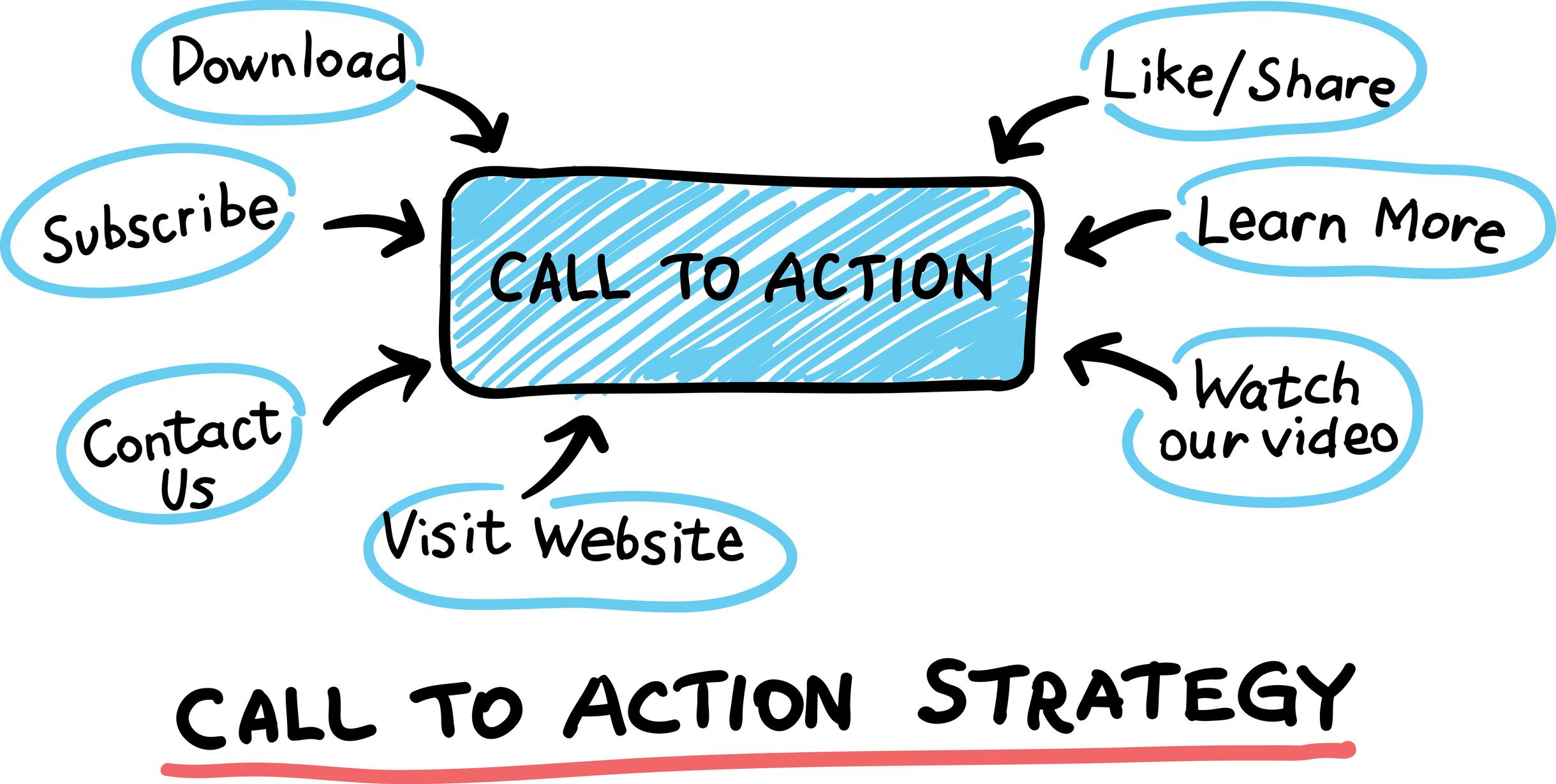
Effective Call to Action That Drives Conversions
To boost conversions on your business website, implementing a compelling call to action (CTA) is essential. A well-crafted CTA not only guides your visitors but also influences their decision-making process. Here are some crucial elements to consider when designing your CTAs:
- Clarity: Your CTA should leave no room for ambiguity. Use straightforward language that clearly states what action you want visitors to take, such as “sign Up Now” or “Get Your Free Quote.”
- Visibility: Make your CTA stand out on the page. Utilize contrasting colors and larger fonts to draw attention, ensuring it’s easily noticeable without disrupting the overall design.
- Urgency: Encourage immediate action by incorporating urgency into your CTA. Phrases like “Limited Time Offer” or “Join Today” can create a sense of necessity that drives users to act quickly.
- Value Proposition: Highlight the benefits of taking action. Rather of just saying “Download,” try “Download Your Free guide to Increase Sales” to inform users of what they gain.
- Placement: Strategically position your CTAs throughout the website.Use them in areas where user engagement is high, such as at the end of blog posts or in pop-ups after a few seconds on the page.
Consider utilizing A/B testing to refine your CTAs further. Test different phrases, colors, and placements to see which combination yields the highest conversion rates. Gather data, analyze user behavior, and adjust accordingly to optimize performance.
| CTA Element | Importance |
|---|---|
| Clarity | Essential for user understanding |
| Visibility | Increases chances of action |
| Urgency | Drives prompt engagement |
| Value Proposition | Shows user benefits |
| Placement | Affects user flow and interaction |
an effective call to action is a blend of clarity, visibility, urgency, value, and strategic placement.By focusing on these elements, you can create persuasive CTAs that not only attract attention but also drive conversions, turning casual visitors into loyal customers.
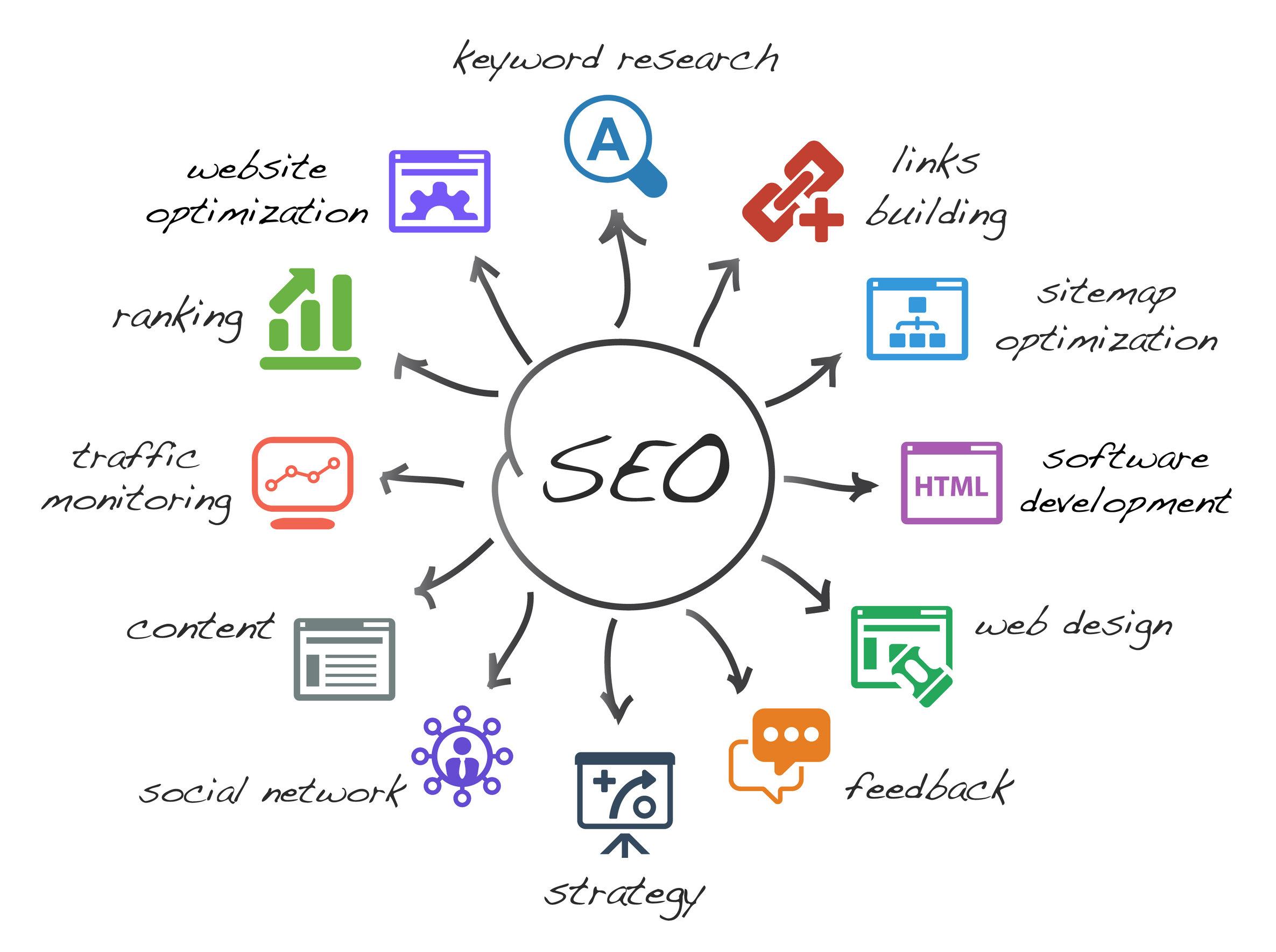
SEO Basics to Boost Your Website’s Visibility
Understanding the basics of search engine optimization is crucial for any business website looking to increase its online visibility.By implementing some essential SEO principles, you can attract more visitors and enhance your website’s performance. Here are a few key aspects to consider:
- Keyword Research: Identify keywords relevant to your business that potential customers are searching for.Utilize tools like Google Keyword Planner to find high-volume, low-competition keywords.
- On-Page SEO: Optimize your website’s content by incorporating relevant keywords in titles,headings,and body text. Make sure to write meta descriptions that are engaging and succinct.
- Quality Content: Create valuable and informative content that addresses your audience’s needs. regularly update your blog posts to keep them fresh and relevant.
- Mobile Optimization: Ensure your website is mobile-friendly. A responsive design helps improve user experience and can positively affect your search rankings.
Another important factor is improving your website’s loading speed. A slow website can lead to higher bounce rates and a poor user experience. Utilize tools like Google PageSpeed Insights to assess your site’s performance and implement necessary changes.
Link Building: Establishing a solid backlink profile is essential for credibility. Reach out to other reputable sites for guest blogging opportunities, and encourage them to link back to your content. Quality backlinks signal to search engines that your site is a valuable resource.
| SEO Feature | Description |
|---|---|
| Title Tags | Unique and descriptive titles for each page that include primary keywords. |
| Alt Text | Text descriptions for images that improve accessibility and SEO. |
| XML Sitemap | A file that helps search engines understand your site structure. |
| SSL Certificate | Secure your website with HTTPS to enhance trust and improve rankings. |
Last but not least, track your progress with analytics tools such as Google Analytics. Understanding user behavior on your site will help you refine your SEO strategies and improve overall performance. By taking these steps, you’ll be well on your way to boosting your website’s visibility and attracting more potential customers.
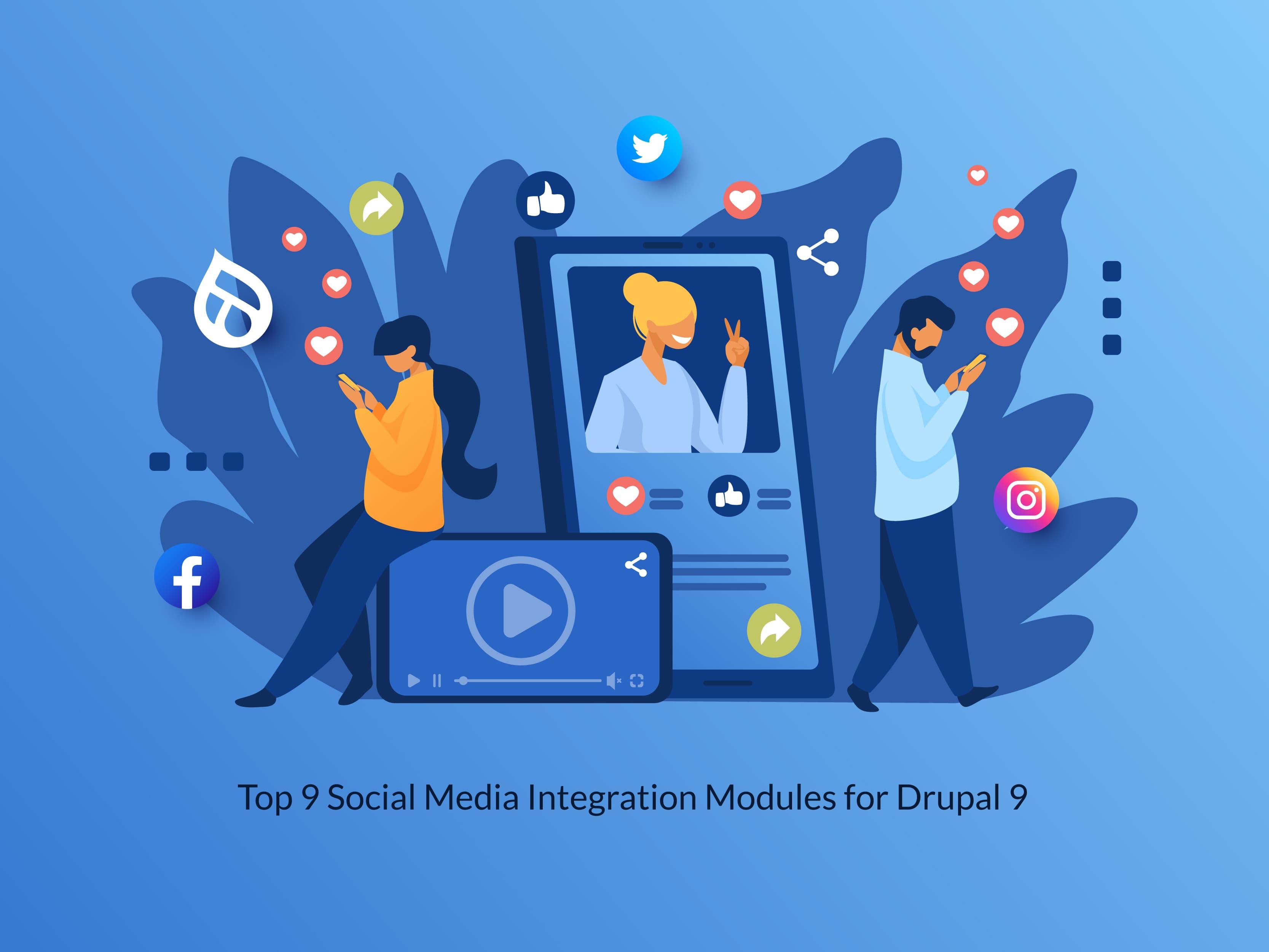
Integrating Social Media for Broader Outreach
In today’s digital landscape, a strong social media presence is crucial for businesses aiming to expand their reach. Integrating social media into your website not only enhances user engagement but also helps build a robust online community.By strategically placing social media buttons and feeds on your site,you encourage visitors to connect with you on various platforms,creating a seamless experience that extends beyond your website.
Consider implementing share buttons for your blog posts and product pages.This allows users to easily share your content on their social media channels, amplifying your message and driving traffic back to your website. Additionally, using follow buttons can help convert casual visitors into loyal followers, keeping them updated on your latest offerings and news.
Another effective strategy is to embed social media feeds directly onto your site. This not only keeps your content fresh but also showcases real-time interactions with your audience. visitors can see your latest posts, photos, and customer interactions, which builds trust and encourages them to engage further. Consider using a layout like this:
| Social Media Platform | Integration Exmaple |
|---|---|
| Embedded page plugin displaying posts and events | |
| Photo feed showcasing user-generated content | |
| Live tweet feed showing customer interactions |
Beyond just buttons and feeds, consider hosting exclusive promotions or contests on your social media channels, promoting them directly through your website. This not only drives traffic to your social media pages but also incentivizes users to stay connected. You can create buzz around your brand by offering limited-time offers or giveaways that require sharing or following your social media accounts to enter.
remember to analyze the impact of your social media integration.Tools like Google Analytics can help you track referral traffic from social platforms, allowing you to refine your strategy over time. By understanding which channels drive the most traffic and engagement, you can allocate resources more effectively and optimize your outreach efforts.

Robust Security Features to Build Trust
In today’s digital landscape, ensuring the safety and security of your website is paramount. Customers are increasingly cautious about sharing their personal information, and a robust security framework can be the deciding factor in building trust. By implementing leading security features, you not only protect your business but also enhance your credibility in the eyes of your visitors.
SSL Certificates: One of the first steps in establishing a secure online presence is obtaining an SSL certificate. This ensures that any data exchanged between your website and its users is encrypted,safeguarding sensitive information such as credit card numbers and personal details. Browsers often display a padlock symbol for secure sites, providing users with visual reassurance that their data is safe.
Regular security Audits: Conducting periodic security audits is essential to identify vulnerabilities.These assessments help in preemptively addressing potential threats before they can be exploited. By regularly reviewing your security protocols,you demonstrate a commitment to maintaining a safe surroundings for both your business and your customers.
Two-Factor Authentication (2FA): Adding an extra layer of security through two-factor authentication can significantly reduce the risk of unauthorized access.this feature requires users to provide two forms of identification before gaining access to sensitive areas of your site, such as admin panels. Not only does this protect your assets, but it also helps instill further confidence in your users.
| Feature | Benefit |
|---|---|
| SSL Certificate | Encrypts data, boosts customer trust |
| Regular Security Audits | Identifies vulnerabilities before they’re exploited |
| Two-Factor Authentication | Prevents unauthorized access with layered security |
malware Protection: Investing in malware protection should also be a top priority. This software actively scans for and removes malicious threats that could compromise your site. By keeping your website free from harmful software, you not only protect your data but also ensure that your users have a seamless experience. A clean, malware-free site is crucial for maintaining your reputation.
By prioritizing these essential security features,you can turn your website into a fortress of trust and reliability. Customers are more likely to engage with a site that takes their security seriously, and this commitment can lead to increased conversions and long-lasting relationships. robust security isn’t just a technical necessity; it’s a vital component of building a trustworthy brand.
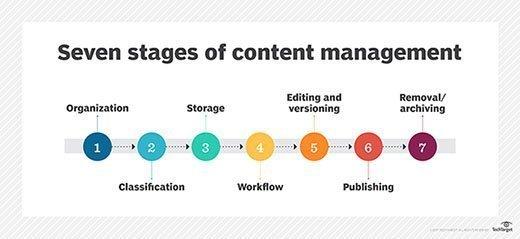
easy-to-Manage Content for Continuous Engagement
Keeping your content fresh and engaging doesn’t have to be a daunting task. Easy-to-manage content is crucial for maintaining an active online presence that resonates with your audience. By utilizing user-friendly content management systems (CMS) and employing strategic planning,you can create a website that not only captures attention but also nurtures ongoing engagement.
A robust CMS allows you to easily update and manage your website’s content without needing to write any code. Here are a few features that enhance manageability:
- Drag-and-Drop builders: Simplifies layout changes.
- Content Scheduling: Allows you to plan posts in advance.
- Version Control: Keep track of changes and revert if necessary.
- Responsive Design Options: Ensures your content looks great on any device.
In addition to using a flexible CMS, consider implementing a few tactics to keep your content lively and your audience engaged. Regularly posting blogs, articles, or updates relevant to your industry not only provides value but also positions your business as a thought leader. Here’s how you can structure your content effectively:
| content Type | Engagement Strategy |
|---|---|
| Blog Posts | Incorporate visuals and share insights. |
| Infographics | Shareable content for social media. |
| Videos | Engaging tutorials or behind-the-scenes looks. |
| Webinars | Interactive discussions with Q&A sessions. |
consider using analytics tools to monitor how your content performs. This insight allows you to adapt your strategy based on what resonates most with your audience, ensuring continuous engagement. By focusing on easy-to-manage content and implementing these features, your website can become a dynamic hub that keeps users coming back for more.
Frequently Asked Questions (FAQ)
Q&A: 17+ Essential Features Every Business Website should Have
Q: Why is having a business website so important?
A: In today’s digital age, a website is often the first point of contact for potential customers. It acts as your online storefront, showcasing your brand, products, and values. Without a professional website, you risk losing credibility and potential sales.
Q: What are the top features every business website must include?
A: Great question! Here are some essentials:
- Mobile Responsiveness – Your site should look great on all devices.
- Fast Load Times – Users will leave if your site takes too long to load.
- Clear Navigation – Make it easy for visitors to find what they need.
- Contact Information – Always have your phone number and email easily accessible.
- About Us Page – Share your story and build trust with your audience.
- Quality Content – Engaging, informative content keeps users coming back.
- SEO Optimization – Help your site rank higher on search engines.
- Secure Hosting – Protect your site and your visitors with HTTPS.
- Call-to-Action (CTA) – Encourage users to take the next step, whether it’s signing up or making a purchase.
- Social Media integration – Connect your audience to your social platforms.
- Blog Section – Regular content updates boost SEO and engage users.
- Testimonials/Reviews – Showcase customer feedback to build credibility.
- E-commerce Functionality – If you sell products, make sure your site can handle transactions.
- Newsletter Signup – Build your email list for marketing opportunities.
- Analytics Tools – Track user behavior to improve your site over time.
- FAQ Section – Address common questions to enhance user experience.
- Accessibility Features – ensure your site is usable for everyone, including those with disabilities.
Q: How can I ensure my website looks professional?
A: Investing in a quality design is key! Whether you use a website builder or hire a professional, ensure that your site reflects your brand identity. A clean, modern aesthetic, along with high-quality images, can significantly enhance your site’s professionalism.
Q: What about website security? Is it really that important?
A: Absolutely! Website security is crucial not just for protecting your business but also for gaining the trust of your visitors. Implementing SSL certificates, regular updates, and strong passwords can safeguard your site against cyber threats.
Q: How do I optimize my website for search engines?
A: SEO can seem daunting, but there are some straightforward strategies. Use relevant keywords throughout your content, optimize your meta tags, ensure your images have alt text, and create backlinks from reputable sites. Regularly updating your content also helps!
Q: Should every business have a blog?
A: While it may not be essential for every business, a blog can be a powerful tool for increasing visibility.It allows you to share insights,showcase expertise,and improve your SEO.Plus, it gives your audience valuable content to engage with!
Q: How do I know if my website is performing well?
A: Utilize analytics tools like Google Analytics to track visitor behavior. Look at metrics such as page views, bounce rates, and conversion rates to understand how users interact with your site. Regular analysis will help you make informed improvements.
Q: What’s the bottom line for small business owners considering a website?
A: If you want to compete in today’s marketplace,having a well-equipped website is non-negotiable. It’s more than just an online presence; it’s a vital tool for growth, marketing, and customer engagement. Invest in these essential features, and watch your business thrive!
final Thoughts
As we wrap up our exploration of the 17+ essential features every business website should have, it’s clear that a well-crafted website isn’t just a nice-to-have—it’s a necessity in today’s digital landscape. Each feature we discussed plays a vital role in enhancing user experience, boosting credibility, and ultimately driving conversions.
Now,think about your own website. Is it equipped with the tools and elements that make it stand out? If you’re missing even a few of these key features, you could be leaving money on the table and potential customers in the dark.
Investing time and resources into building a robust, user-friendly website not only showcases your brand’s professionalism but also sets you apart from the competition. Whether it’s optimizing for mobile, ensuring fast load times, or incorporating clear calls to action, every little improvement can lead to big results.
So, why wait? take action today! Review your current site and see where you can implement these essential features.After all, your website is often the first impression potential customers have of your business—make it a great one! If you need help or want to discuss more about optimizing your online presence, feel free to reach out. Here’s to creating a website that truly represents your brand and drives success!



